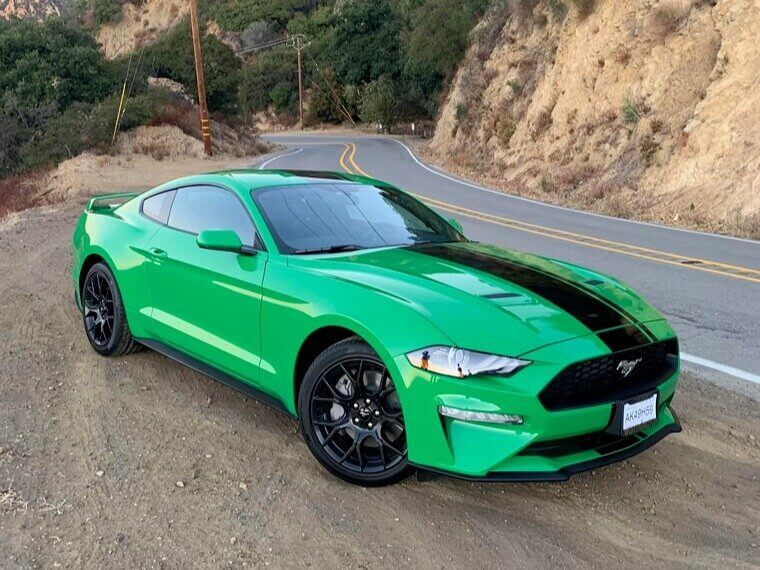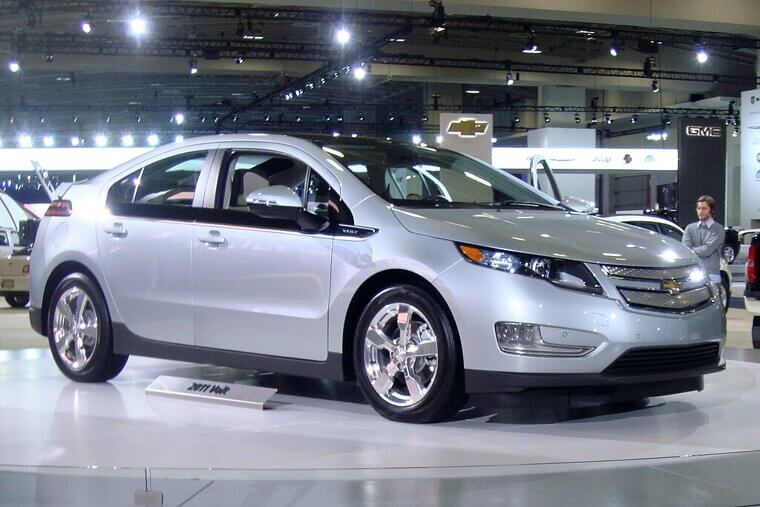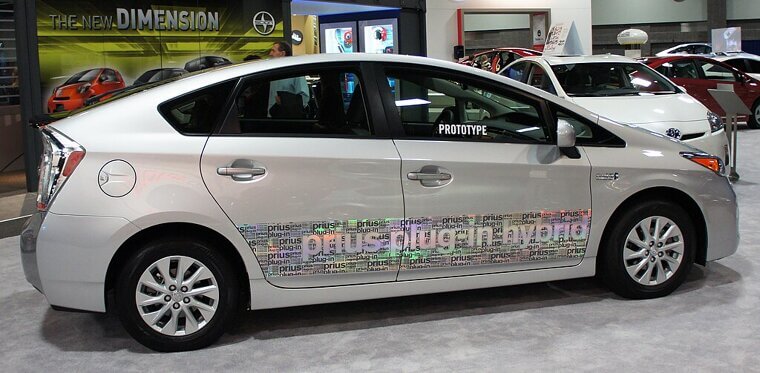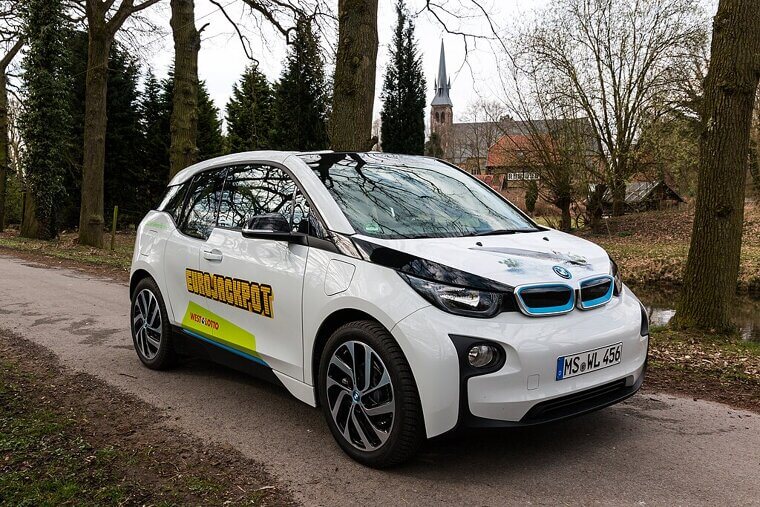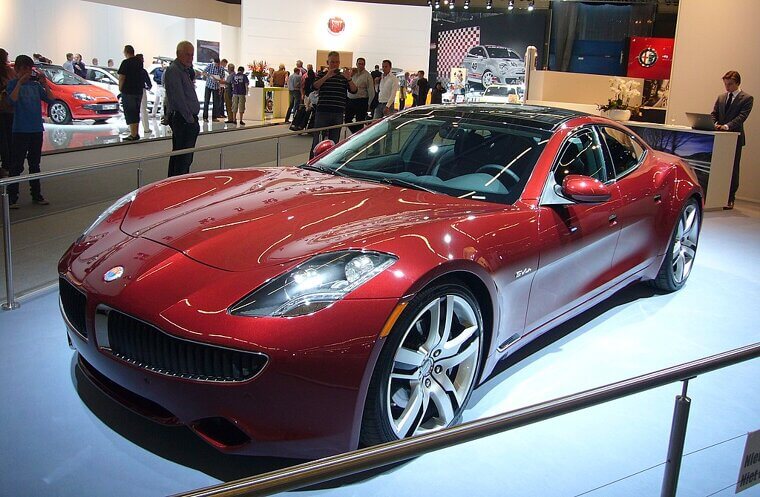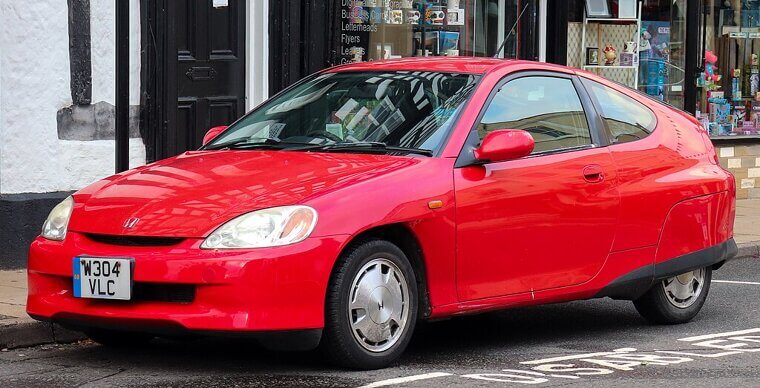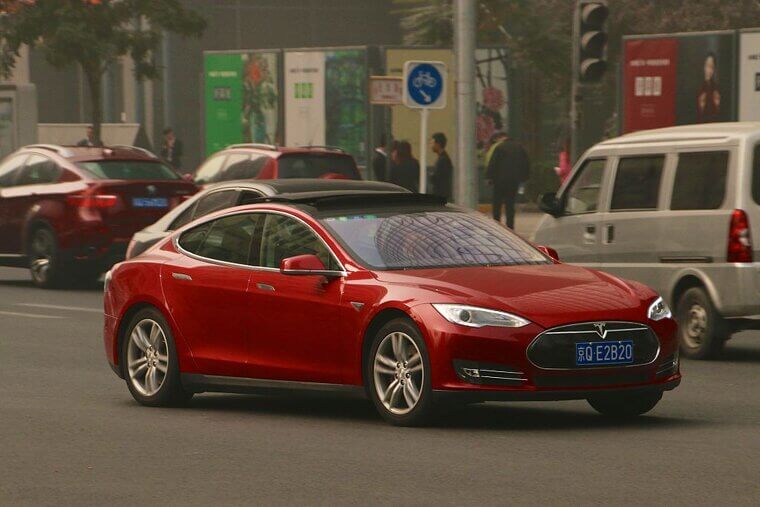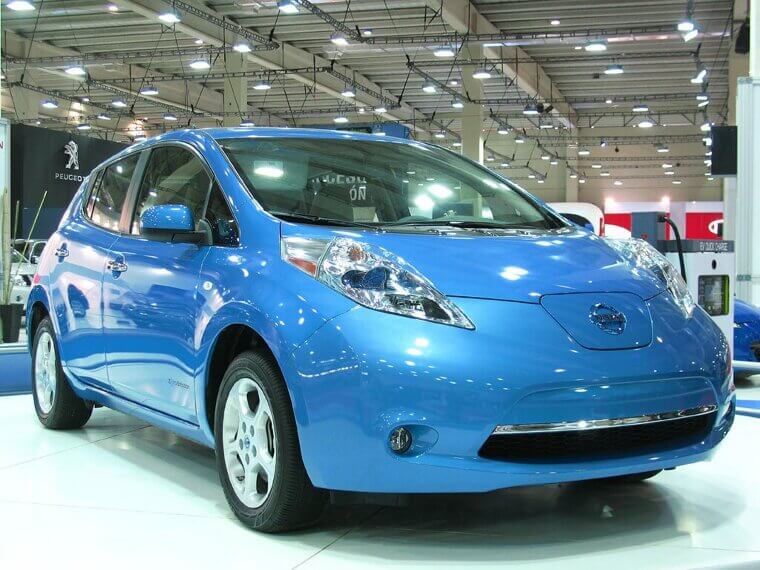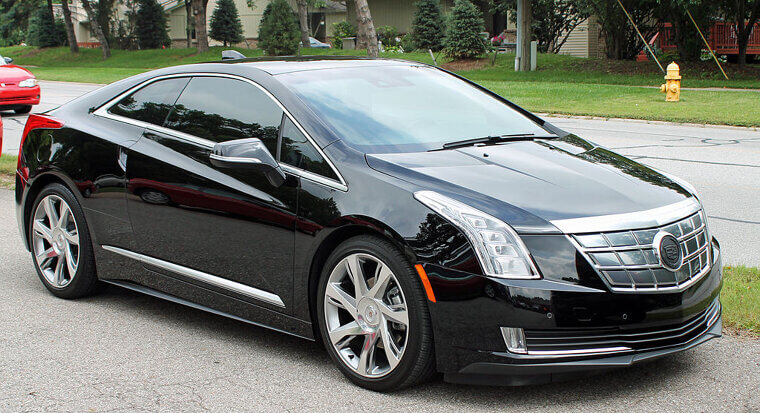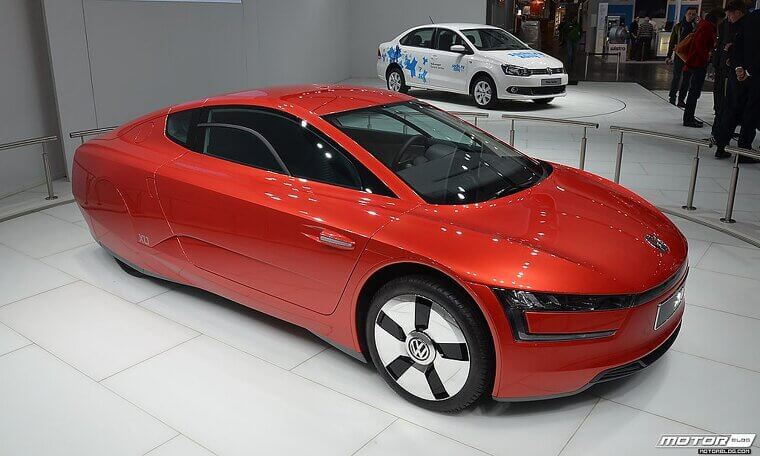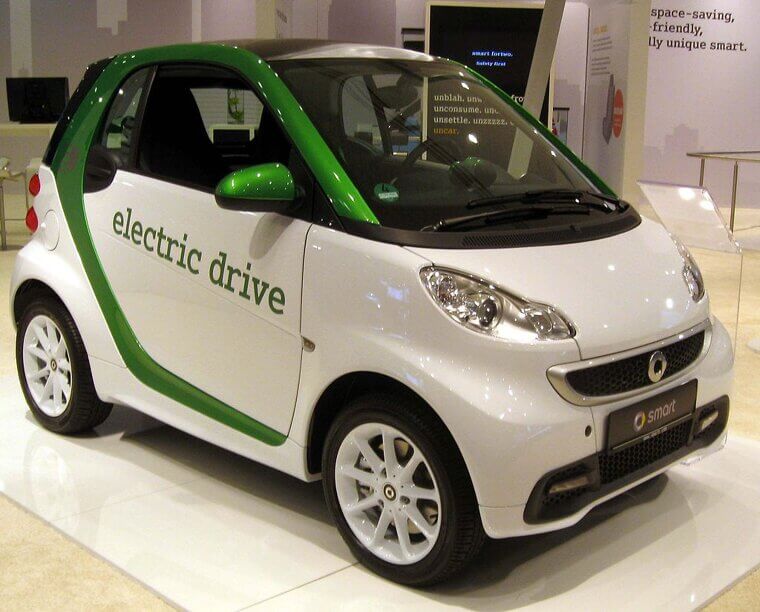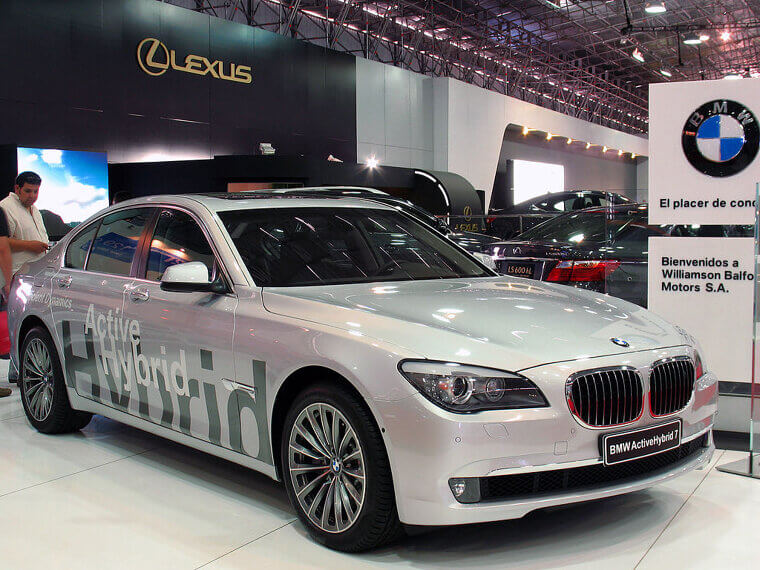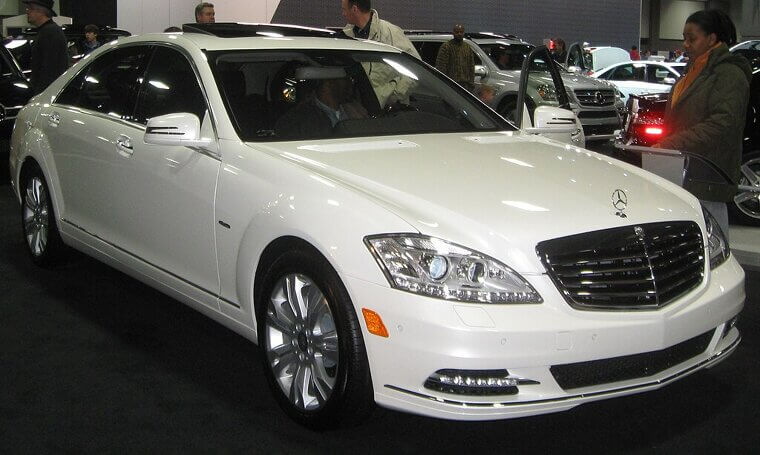Eco-Friendly Cars With Surprising Maintenance Costs
Going green doesn’t always mean saving green! Over the years, automakers have rolled out “eco-friendly” cars that looked great on a marketing poster but ended up draining wallets faster than gas tanks. Here’s the vehicles that promised savings but delivered sticker shock.
Chevrolet Volt (2011–2019)
The Volt was hailed as a plug-in hybrid pioneer, but its complex drivetrain and pricey battery replacements make it costly to maintain. While early adopters praised its electric range, depreciation and high out-of-warranty repair bills made it far less economical over time. It was a great concept, but it burned through budgets.
Toyota Prius Plug-In (First Gen, 2012–2015)
The original Prius Plug-In offered only about 11 miles of electric range yet came with a steep price over the standard hybrid. Owners rarely saw meaningful fuel savings, and many found the battery pack degraded quickly. Despite its green image, this version of the Prius often cost more in the long-term.
BMW I3 (2013–2022)
BMW’s i3 wowed with a futuristic design and carbon-fiber construction but punished wallets with steep maintenance costs. Its unique body panels and materials made even minor repairs expensive. Add in pricey battery replacements and a dwindling used market, and this quirky EV has become a cautionary tale.
Mitsubishi I-MiEV (2009–2017)
The i-MiEV was one of the first all-electric cars, but its limited range (under 60 miles) and poor resale value made it a money pit. Battery degradation hit early and hard, while its parts are notoriously hard to find. It was efficient, but its lack of practicality and reliability tanked its eco-cred.
Fisker Karma (2011–2012)
The Fisker Karma looked like a supercar for the green age, but under the hood was a complex plug-in hybrid system prone to failure. Limited production and the company’s bankruptcy made parts and service extremely expensive. Collectors love it, but for regular owners, this “eco” machine was a financial headache.
Honda Insight (First Gen, 2000–2006)
The original Insight was a marvel of efficiency but it came with eye-watering battery replacement costs (its unique parts and niche appeal also made repairs expensive). While owners loved its 60+ mpg rating, real-world savings rarely justified the upkeep, and its depreciation was steep.
Tesla Model S (Early Models)
Tesla’s early Model S versions were groundbreaking, but expensive to own. Battery replacement costs can exceed $20,000, and early drivetrain issues added to the financial pain - as did depreciation, as newer tech rolled out quickly! First-generation Model S owners often paid dearly for their place in EV history.
Nissan Leaf (First Gen, 2010–2017)
The Leaf made EVs mainstream, but its first-generation batteries suffered rapid degradation, leaving many cars with less than half their original range. Replacement packs are expensive, and early models lacked thermal management. Though it was affordable upfront, long-term costs and range issues turned this “eco-friendly” car into a costly compromise.
Ford C-Max Hybrid (2013–2018)
Ford’s C-Max promised Prius-beating efficiency, but often failed to meet its EPA mileage claims. Owners were left with a heavier hybrid that didn’t deliver real-world savings. Depreciation was sharp, and its complex hybrid system added to the repair costs.
Cadillac ELR (2014–2016)
The ELR was essentially a Chevy Volt in designer clothing… at three times the price! Luxury touches added weight, hurting efficiency, while maintenance costs were high. Low production numbers didn’t help resale values, either. This “green” Cadillac turned out to be a costly status symbol.
Volkswagen XL1 (2013–2015)
The XL1 was a futuristic marvel with a jaw-dropping 261 mpg claim - but it cost over $150,000 new. Its exotic materials and rare diesel-hybrid drivetrain make repairs a nightmare. Collectors now prize its uniqueness, but for owners, the XL1 is proof that chasing extreme efficiency can come at an extreme price.
Smart Fortwo Electric Drive (2013–2018)
The electric Smart car was billed as a perfect city EV, but its short range and slow charging limited practicality. Owners faced steep repair bills for specialized components and brutal depreciation. Despite its charm, it turned out to be an expensive way to shrink your carbon footprint.
Chevy Spark EV (2013–2016)
The Spark EV offered zippy performance, but limited charging support and rapidly outdated tech soured it. Its battery packs are expensive, and parts hard to source due to low production. While affordable to buy used, long-term ownership costs often eclipse its eco-friendly appeal.
BMW ActiveHybrid 7 (2009–2015)
BMW’s ActiveHybrid 7 combined a twin-turbo V8 with hybrid tech, creating a luxury sedan that wasn’t particularly efficient. The added complexity makes repairs costly, and fuel economy gains are negligible. For buyers hoping for eco-luxury, this model delivered more headaches than savings.
Mercedes-Benz S400 Hybrid (2010–2013)
The S400 Hybrid was Mercedes’ first hybrid, but it offered minimal efficiency improvements while carrying hefty maintenance costs. Its complex battery and luxury components mean servicing isn’t cheap, and depreciation was wild. This “green” flagship showed that hybrid tech in luxury sedans can add costs without meaningful savings.

